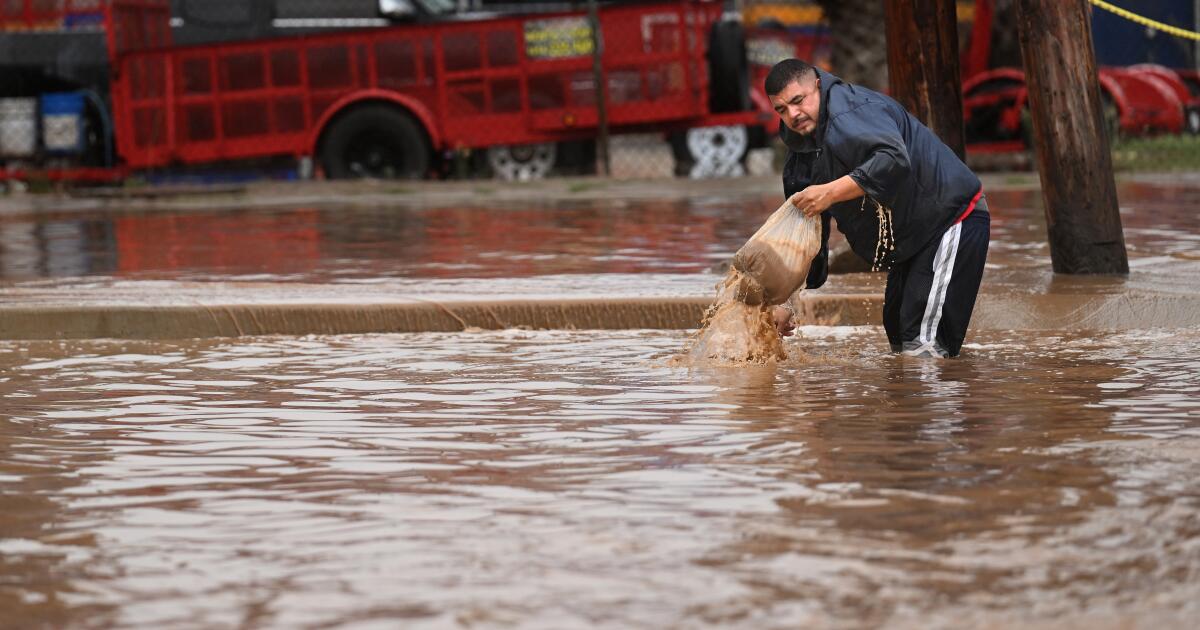
An active hurricane season is predicted for the Atlantic Ocean with an 85% chance of above-normal activity. As many as 25 named storms are forecasted for the Atlantic hurricane season with four to seven of them being major hurricanes. Near-record ocean temperatures and a strengthening La Niña could contribute to an active hurricane season.
Ken Graham, director of the National Weather Service, said: “All the ingredients are definitely in place to have an active season. It’s reason to be concerned, of course, but not alarmed. We need to use this time to our advantage to really be prepared for the hurricane season.” In addition, NOAA predicts a 67% chance that at least one major hurricane will make landfall along the continental United States coastline this year, up from the historical average of 52%. The predictions are due to near-record warm temperatures in the Atlantic Ocean and expected La Niña conditions in late summer. New York City's Office of Emergency Management has been educating residents about their risk and evacuation procedures, testing “tiger dams” that can be used to protect against flooding during extreme weather. The heightened potential for severe storms has New Yorkers on edge, recalling the damage caused by Hurricane Sandy in 2012 and Hurricane Ida in 2021.
NOAA climate scientists warn that the climate pattern known as La Niña leads to reduced vertical wind shear, making it easier for hurricanes to form. This is particularly concerning as waters across the Atlantic's tropical belt are hotter now than any other late May on record, with over 90% of the area's sea surface engulfed in record or near-record warmth. The extent of marine heat has never been greater heading into a hurricane season, outpacing by wide margins the previous late May record-holder in 2005. The Atlantic Main Development Region (the area outlined by the black boxes in the graphic) has seen 16 named storms, 8 hurricanes and 3 major hurricanes so far this year. This is significantly higher than the average of 14 named storms, 7 hurricanes and 3 major hurricanes for this time of year. The National Weather Service advises that all tropical cyclone preparedness actions be reviewed and completed as soon as possible.
In contrast, nothing has formed in the Atlantic or Pacific yet, making it the latest into the year with no named storms in forty years. This is due to near-record warm ocean temperatures in the Atlantic and expected La Niña conditions later this summer. The National Oceanic and Atmospheric Administration predicts 17 to 25 named storms for the 2024 hurricane season, above the average. NOAA's forecast is considered highly accurate, with an overall accuracy of 83% for the past five years. However, it should be noted that even a less active season can produce significant impacts and damages due to geographical concentration of storms or other factors such as storm surge and inland flooding.
In conclusion, the predictions for an active hurricane season are due to near-record warm temperatures in the Atlantic Ocean and expected La Niña conditions later this summer. The National Weather Service advises that all tropical cyclone preparedness actions be reviewed and completed as soon as possible. New York City's Office of Emergency Management urges residents to prepare for the hurricane season, which spans from June to November, with a focus on evacuation procedures and flood protection measures. The heightened potential for severe storms has New Yorkers on edge, recalling the damage caused by Hurricane Sandy in 2012 and Hurricane Ida in 2021.








